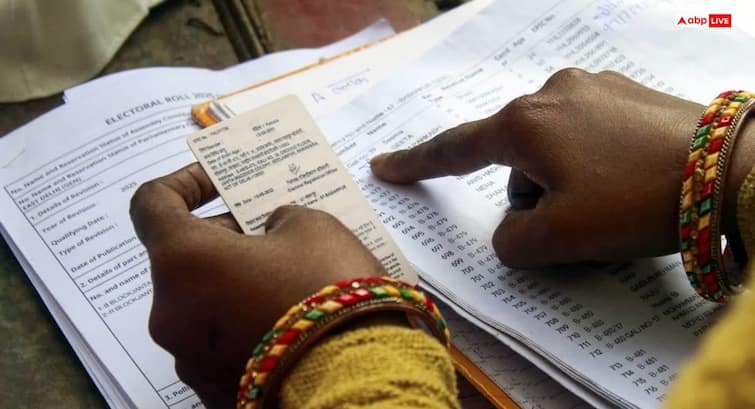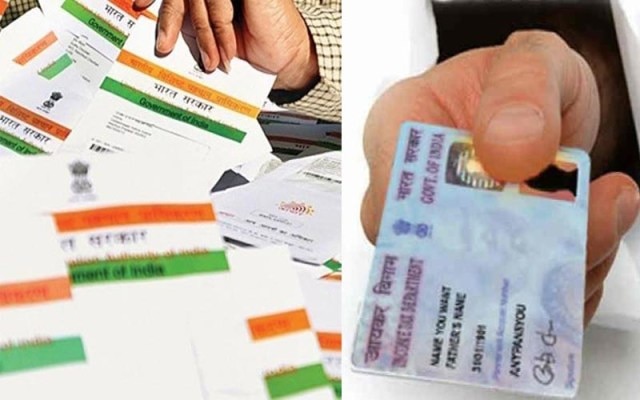SIR India: As the Election Commission of India has announced a nationwide Special Intensive Revision (SIR) of electoral rolls, here are a list of common queries answered.
What Is SIR and Its Full Form
The Special Intensive Revision (SIR) of electoral rolls is an exercise conducted by the Election Commission of India (ECI) to ensure the accuracy and integrity of voter lists. It involves adding new voters, deleting names of deceased or shifted voters, and correcting errors.
In October 2025, the ECI launched the second phase of the nationwide SIR, following a pilot run in Bihar. This exercise aims to verify and update voter lists across all States and Union Territories.
The SIR focuses on removing duplicate, deceased, ineligible, or non-citizen entries, while ensuring that every eligible voter is included.
The SIR is a crucial step in cleaning up electoral rolls and ensuring free and fair elections. It prevents voter fraud by eliminating ineligible or duplicate entries, while also safeguarding the right to vote of every citizen.
The Supreme Court has directed the Election Commission to ensure that no eligible voter is left out, especially after concerns were raised during the pilot phase in Bihar.
Documents Required For SIR Verification
During the verification process, citizens must provide a valid identity document, such as:
Voter ID card
Aadhaar card
Passport
Driving license
PAN card
Chief Election Commissioner Gyanesh Kumar clarified that while Aadhaar is not proof of citizenship, it can be used for identity verification.
In some regions where citizenship verification is required, additional documents such as birth certificates, school records, government service papers, or ration cards may be requested.
For most parts of India, anyone born before July 1, 1987, is presumed to be a citizen, with the 2003 electoral list serving as the reference cut-off for verification.
Key SIR Dates
October 28 – November 3, 2025: Preparation and printing of new electoral rolls
November 4 – December 4, 2025: House-to-house verification
December 9, 2025: Publication of draft electoral rolls
December 9, 2025 – January 8, 2026: Period for filing claims and objections (for missing or incorrect names)
December 9, 2025 – January 31, 2026: Verification hearings to resolve claims and objections
February 7, 2026: Final publication of updated electoral rolls
What To Do After Draft Rolls Are Published
When the draft electoral rolls are published on December 9, 2025, citizens should:
Check if their names are listed.
Verify details such as name, address, age, and gender.
File a claim or objection if their name is missing or incorrect, between December 9, 2025, and January 8, 2026.
Verification hearings will be held until January 31, 2026, and the final updated rolls will be released on February 7, 2026.



